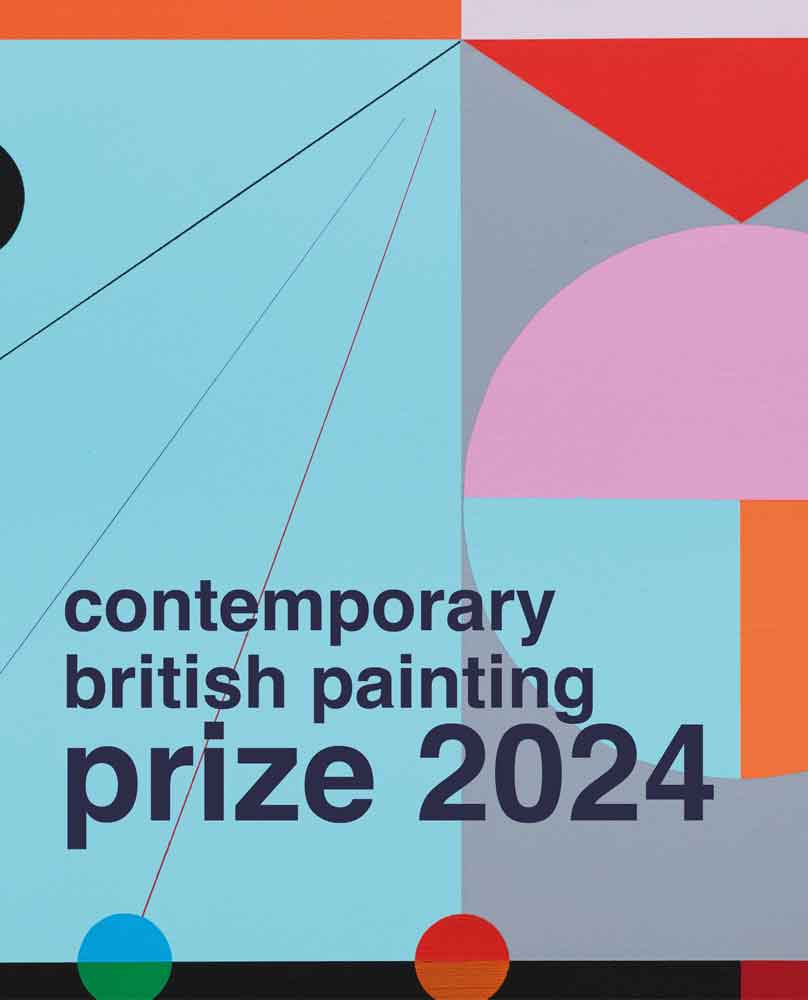Plausible Objects / Difficult Things
Pen Dalton
I’ve never given much thought to ‘content’, considering myself to be concerned with – as you indicate – the painting itself as the primary object. My intention is usually to concentrate on the mediums, and different formal and technological configurations of mixing and applying paint, always aware that painting is a superficial activity. The painting Different Strokes exemplifies this approach. While working on an excercise in imitating the brushstrokes of established painters to help improve my technique, the title popped into my head. It then became a painting about difference; an analogy of human differences and how they can co-exist – in this case, aesthetically – in the same space. I adhere to the modernist notion of ‘media specificity’. Yet I have never liked my painting referred to as ‘abstract’. ‘Abstract’ implies a reductive, analytic and purifying process of extraction, and a non-material appreciation. Modernist abstract painting denied literary interpretations, it despised analogy, metaphor, likenesses or any representational associations. As far as I’m concerned, that’s what painting is all about. I’m influenced by Rosalind Krauss’ understanding of painting as ‘recursive’. Every mark made by paint and its relations to other formal elements on the canvas suggest complex associations. As I reach the end of a painting, after aesthetically arranging all the different formal elements, their relationships begin to suggest to me what the painting has been ‘about’. Painting is thus often a revelatory process that brings to my consciousness things I have been concealing from myself.
It is always interesting to me to consider how other people see the work and I appreciate all feedback especially when it is well-informed. I don’t think the viewer is ever ‘wrong’ or ‘misunderstands’ – people always bring their own stuff to looking at paintings and it’s a good thing – as far as I’m concerned – if there are many different interpretations at different times. So, I don’t want to comment on your observations as I’m reluctant to go too deeply into explanation of my own practice at this stage.
I now experience painting as a bodily, intuitive and poetic activity, perhaps bypassing the rational brain. The more recent paintings, Egregious Painting and Bolus, attest to this where there is a conscious effort to relate to sensory matter. If there’s any theory behind it it’s probably located somewhere in semiotics, écriture féminine and mind/body relations in contemporary neuroscience.
For me, too much thinking undermines this somatic relation to canvas and paint – it inhibits me. My job now as a painter is to attend to what I am doing and think only about how I’m doing it, to ‘listen’ and let the painting go where it wants to go and allow it to do what paint wants to do: drip, spill or congeal – dribble, wrinkle, flow, splat, be coloured, shiny, transparent, viscous, cover the cracks. I can talk about technique but am reluctant to name, pin down/close possibilities of what might happen on the canvas in terms of meaning. In this I’ve returned to a perhaps extreme modernist position of genre specificity: assuming that it is the art historian and art critics’ difficult job to explain and contextualise and perhaps to name. The painter’s job is to paint. At another level it could be said that I don’t care about whether my paintings are ‘Art’ – I just paint what gives me pleasure!
Recently I have been vaguely interested in Adorno and Said’s notion of ‘Late Style’. Now that I am in later life and not financially dependent on anyone, I am less concerned about the critical assessments of others and, having built up skills in artmaking, can happily follow my own inclinations to my own satisfaction.
It’s been interesting writing this. Lockdown has made it difficult for me to do any painting so I have been willing to spend a little more time taking stock and writing.
© Pen Dalton and Frances Woodley
Image 1. Pen Dalton, Different Strokes, 2016, acrylic, printed Tengujo paper on canvas, 120×100×4 cm. Photo the artist. © the artist.
Image 2. Pen Dalton, Egregious painting, 2019, acrylic paint, resin, printed Tengujo paper on canvas. 30×30×2 cm. Photo the artist. © the artist.
Image 3. Pen Dalton, Bolus, 2019, acrylic paint on mounted board, 30×40×2 cm. Photo the artist. © the artist.





